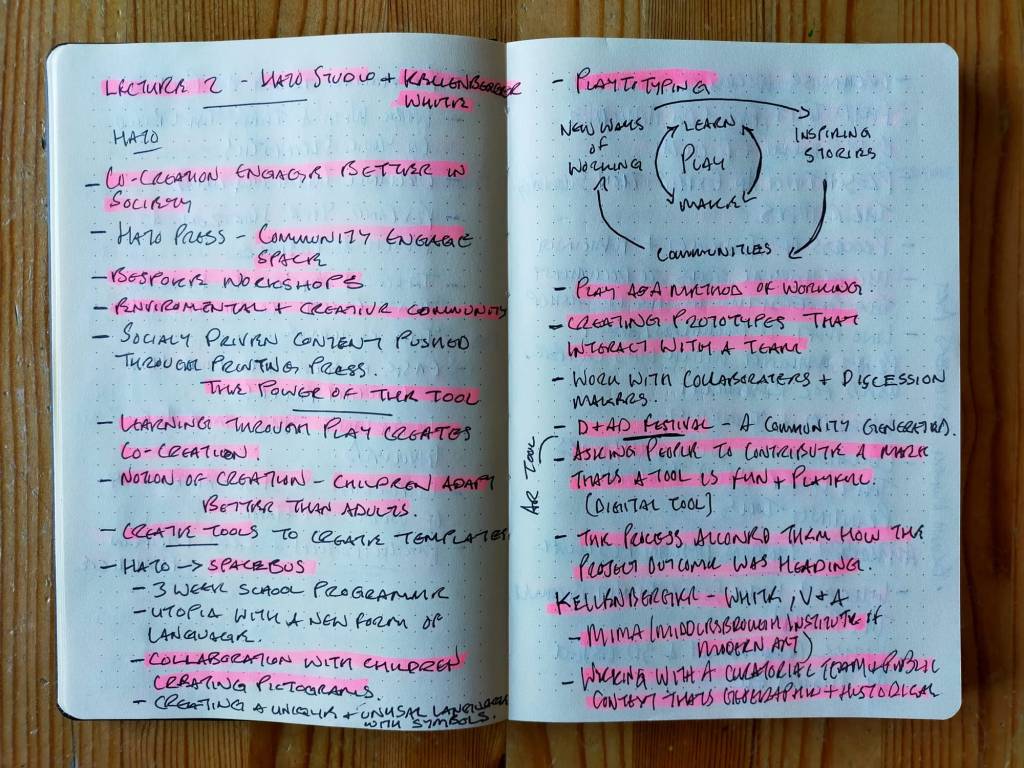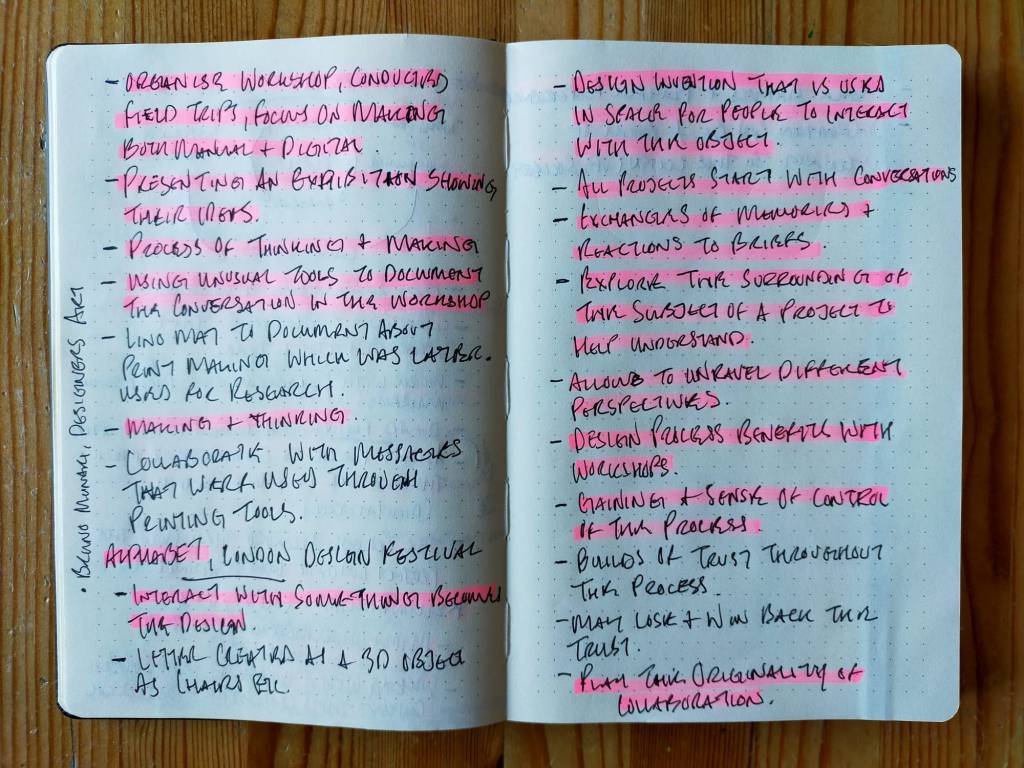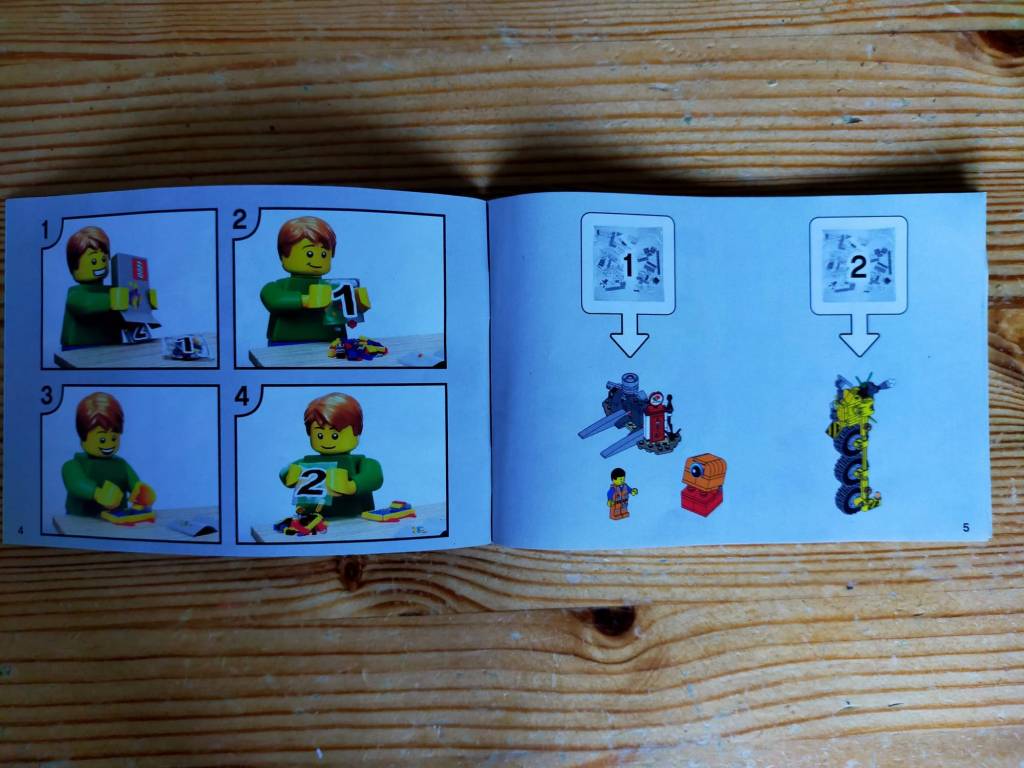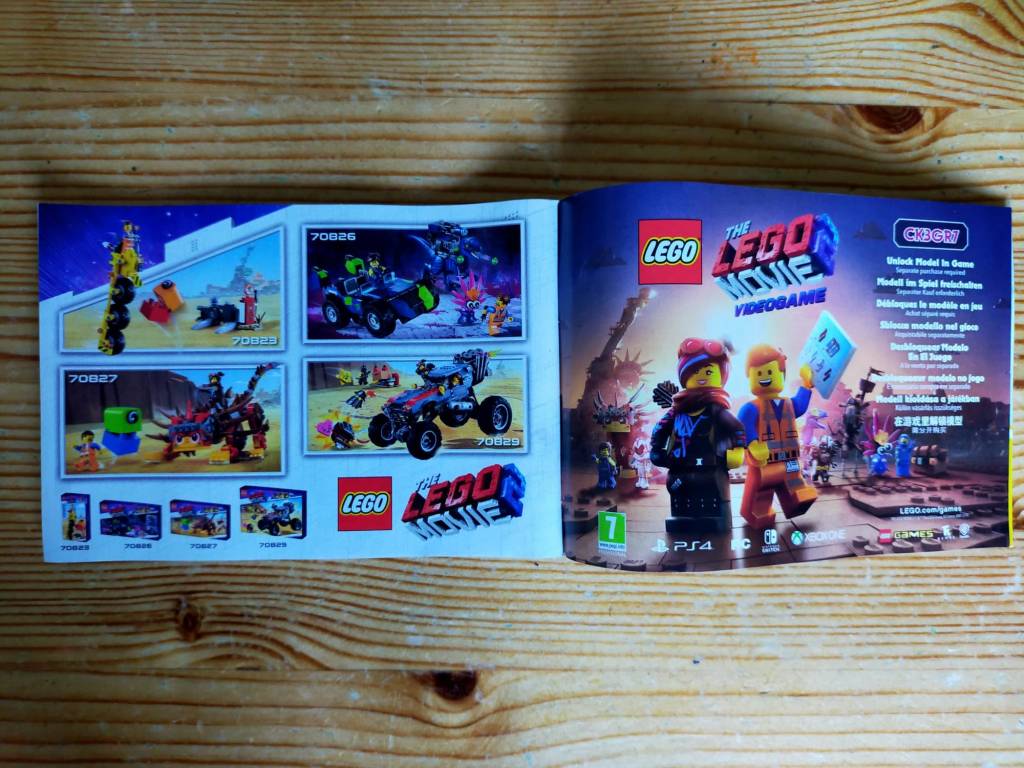Studio & Entrepreneurship
These lectures on the collaborative mix give a great insight into how all the case studies show a similar approach in their process in getting the best out of their research. Creating a conversation and creating tools for people to use get the best out of the subject in a fun process that makes people think. You can create digital or manual tools for the audience to interact and experience a way that can unravel a thought that can benefit the process of the project. It’s all about making and thinking whilst creating something fun and playful for everyone to participate in the project. Co-creation allows all to be involved from the design team to stakeholders, which ideally the audience is the most important to help achieve the best outcome for a product or service.
Designing and Running Co-Creation Workshops
The Partnering Initiative

Furthering my research I came across content outlining a co-creation workshop that outlines a plan in how to start a workshop for your collaboration tool. It goes into some really good detail on how to set up a workshop with identifying roles to facilitate the situation of gathering the information you need to support your role. There’s a clear structure in maintaining and setting up a co-creation workshop that will benefit you and your team to get the best out of your audience.
Building communities with Lego: let the users do the heavy lifting

The Lego group had to change its thinking when in the 90’s they started to see a decline in the user’s buying into LEGO and gaining interest in video gaming. The focus was generally ‘taking care of children’ but children’s heads turned when video games became a thing of new play than physically building brick. It was this period in time that the LEGO group had to re-think their strategy by co-creating with its users by using platforms such as the internet but overall in user research in where the interest lies with its audience. It was young adults that were the key to the renaissance in making LEGO great again through creating a global ambassador programme that can help understand its community. This was the perfect collaboration tool as it was the start to the big lego idea in getting their audience to co-create sets where if chosen is selected to be sold on their shelves and help with the initiative to get people involved with a small bonus. This created a live feed of ideas that everyone globally can share and discuss their passion with LEGO and influence the younger generation to be part of an amazing product for everyone to enjoy.
Workshop Challenge
With this weeks workshop, I decided to research the collaborative impact that LEGO has on the global community. This was an interesting insight to seeing how the LEGO Group had changed their business identity from ‘taking care of children to looking after its business by ‘making money for the company’ which was the shift in the late ’90s as the product started to decline. It was the change in strategy by changing its ways with the digital age of things to create communities around the world that led to re-reimburse the culture of LEGO handed from one generation to the other. Co-Creation was the lead to new desires of how LEGO started to evolve working with the audience in gaining ideas that can help produce new products and also create conversations with people about what’s popular in the world as it’s changing rapidly day by day.
The LEGO Group in my own words – Building Bridges
It was from the 1990s when gaming started to change the habits of children playful behaviour became the difference in the rise of digital products like gaming consoles and iPods that stared kids away from toys. The Danish group LEGO started to experience the first loss in its history in 1998 as it had lost a record 188 million Euros in 2003. This was the downfall to the LEGO enterprise that’s been around since 1932 as they believed in ‘taking care of children’ through their innovative product that reached a global audience.
It was in 2005 when there was a turning point when LEGO appointed Jorgen Vig Knudstorp as the new CEO to help the group out of this financial crisis by changing its priority in ‘taking care of children’ with ‘making money for the company’. This brought the focus towards profitability and competitiveness which is proving to be a new innovative approach that the group had adopted to be the heart of the renaissance. The relationship with users of LEGO had been neglected during difficult years, which affects the image and income from LEGO. LEGO had to take a new innovative policy in engaging with the audience to reconnect with the user of their products through the creation of a social network dedicated to its young fans and the bricks that build LEGO legacy.
To improve the relationship with its customers, the group has implemented the program ‘LEGO Ambassador’ consisting in selecting around forty ambassadors in over twenty countries around the world among the community of fans that had naturally developed on the Internet. The ambassadors represented the communities to remit information from the audience in their location to provide fresh designs of new products. This evolution was the beginning in targeting young adults that experienced the playfulness of LEGO to share their love for building bricks with the community they belong in this collaborative approach. It was over a short time that the LEGO group created an open innovation and crowdsourcing platform with Cuusoo to develop and launch LEGO Ideas in 2008.
This was the renaissance of the LEGO empire where they took a new approach in openness to its audience to build a unique collaborative tool to the world for new ideas where people can talk, vote and share LEGO ideas that truly speaks for the fans to be part of the bigger picture of the LEGO Group. This really brought a stronger relationship with its customers and the group to keep the legacy alive and develop new platforms for the future to build bigger ideas with profits for the fans and the company.

Double Page Spread










